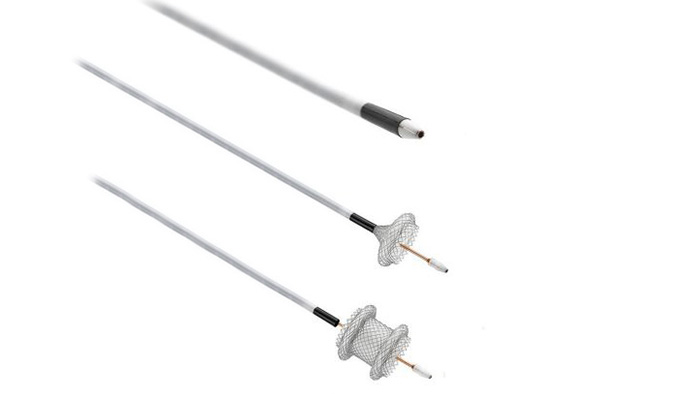Challenges of managing symptomatic pancreatic pseudocysts

Approximately 5% to 16% of patients with acute pancreatitis and 20% to 40% of patients with chronic pancreatitis will develop pancreatic pseudocysts (PP).1 While some patients are asymptomatic, others experience severe pain, bloating and poor digestion and must receive treatment.
Symptomatic pancreatic pseudocysts may be treated surgically, percutaneously, or endoscopically. However, surgery is associated with high rates of morbidity (7%-37%) and mortality (6%). Percutaneous drainage also provides limited treatment benefit as recurrence rates are high and fistulas may form.2
Purpose-built pseudocyst drainage tools can help healthcare professionals provide cost-effective therapies to improve patient health outcomes. Previously, endoscopic management of pancreatic pseudocysts has been difficult as the available technologies were not designed or intended for this purpose.
Enabling effcient and effective treatment procedures
At Boston Scientific, we work tirelessly to deliver innovative solutions that help you offer the best possible treatment experience to your patients.

















